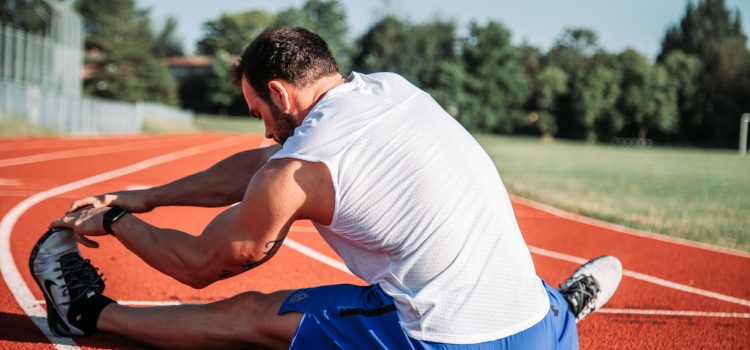
Do you ever feel stiff after a long day at work or intense workout? If so, stretching should become your best friend. But did you know that there are different types of stretching that can benefit your body in unique ways? Whether you’re an athlete looking to improve performance, recovering from injury, or simply seeking some relief from muscle soreness and tension – this post will walk you through the benefits of static, dynamic, ballistic, and PNF stretching techniques. So get ready to limber up and discover how different stretches can help keep your body healthy and strong!
What is stretching?
There are many different types of stretching, and each has its own benefits. Static stretching is the most common type of stretching, and it involves holding a stretch for 20-30 seconds. This type of stretching is great for improving flexibility and range of motion. Dynamic stretching is another common type, and it involves moving in and out of a stretch several times. This type of stretching is beneficial for warming up the muscles before exercise and helping to prevent injuries. Active stretching is a less common type of stretching, but it can be very effective. Active stretches are usually done without any support, and they require you to use your muscles to move your body into the stretch. These types of stretches are great for increasing strength and power.
The different types of stretching
There are four main types of stretching: ballistic, dynamic, passive, and PNF.
Ballistic stretching is a type of stretching that uses momentum to force a limb into a position. It is often used by athletes to increase their range of motion. However, this type of stretching can be dangerous if not done properly, as it can lead to injuries.
Dynamic stretching is a type of stretching that involves moving your body through a full range of motion. It is often used by athletes as part of their warm-up routine. This type of stretching helps reduce the risk of injuries and improve performance.
Passive stretching is a type of stretching where you use an external force (such as your body weight or gravity) to stretch your muscles. This type of stretching is often used by people who are rehabilitating from an injury. It is also used by people who are looking to increase their flexibility.
PNF (proprioceptive neuromuscular facilitation) stretches are a type of stretch that uses both the contraction and relaxation of muscles to stretch the muscle tissue. PNF stretches are often used by physical therapists to help patients regain range of motion after an injury.
The benefits of stretching
Stretching is an important part of any workout routine. It helps improve flexibility, range of motion, and can also help prevent injuries.Static stretching, which is holding a stretch for a period of time, is the most common type of stretching. It’s important to do static stretches after your muscles are warm, such as after a workout.Dynamic stretching, which involves moving your body through a range of motion, is another type of stretching that can be beneficial. Dynamic stretches are often used as part of a warm-up before exercise.Proprioceptive neuromuscular facilitation (PNF) stretching is a type of stretching that involves both static and dynamic stretches. PNF stretching is often used by physical therapists to help rehabilitate patients after an injury.
There are many benefits to stretching, regardless of the type you choose. Stretching can help improve flexibility and range of motion, both of which are important for overall fitness and performance. Stretching can also help prevent injuries by keeping muscles and joints loose and limber. Whether you’re looking to improve your workout routine or simply want to reduce your risk of injury, including some stretches in your daily routine is a good idea.
How to stretch properly
If you’re like most people, you probably don’t think much about stretching beyond the occasional pre-workout warmup or post-workout cool-down. However, stretching is an important part of overall fitness and should be incorporated into your workout routine.
There are many different types of stretching, each with its own benefits. Here’s a look at some of the most common types of stretches and how they can improve your health:
1. Static Stretching
This is the most common type of stretch and is what most people think of when they think of “stretching.” Static stretches involve slowly extending your muscles to their maximum range of motion and holding the stretch for 20 to 30 seconds. These types of stretches are best done after a workout when your muscles are already warmed up. They can help improve your flexibility and range of motion over time.
2. Dynamic Stretching
Dynamic stretches are more active than static stretches and involve moving your body through a full range of motion. These types of stretches are best done as part of a warmup before a workout, as they can help increase blood flow to your muscles and reduce your risk of injury during exercise.
Conclusion
Stretching is an important part of any exercise routine, and with the variety of stretching exercises available, you can easily find one that suits your needs. Whether you’re looking for flexibility or muscle strength, dynamic or static stretching will provide benefits to your body. Taking a few minutes each day to stretch can help improve posture, reduce stress levels and increase overall wellbeing. Remember to always listen to your body when performing stretches as this will ensure optimum results and prevent injury.










